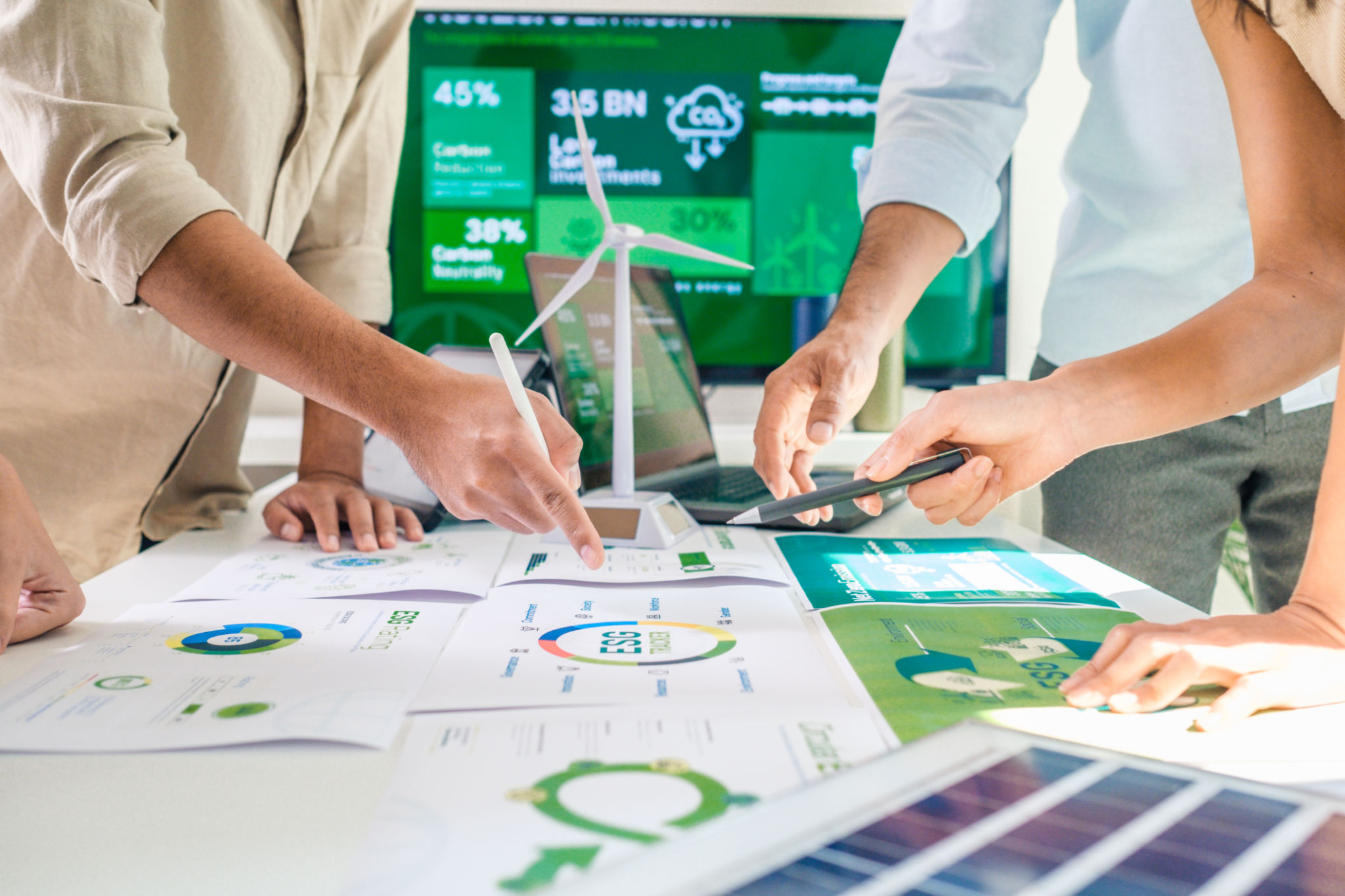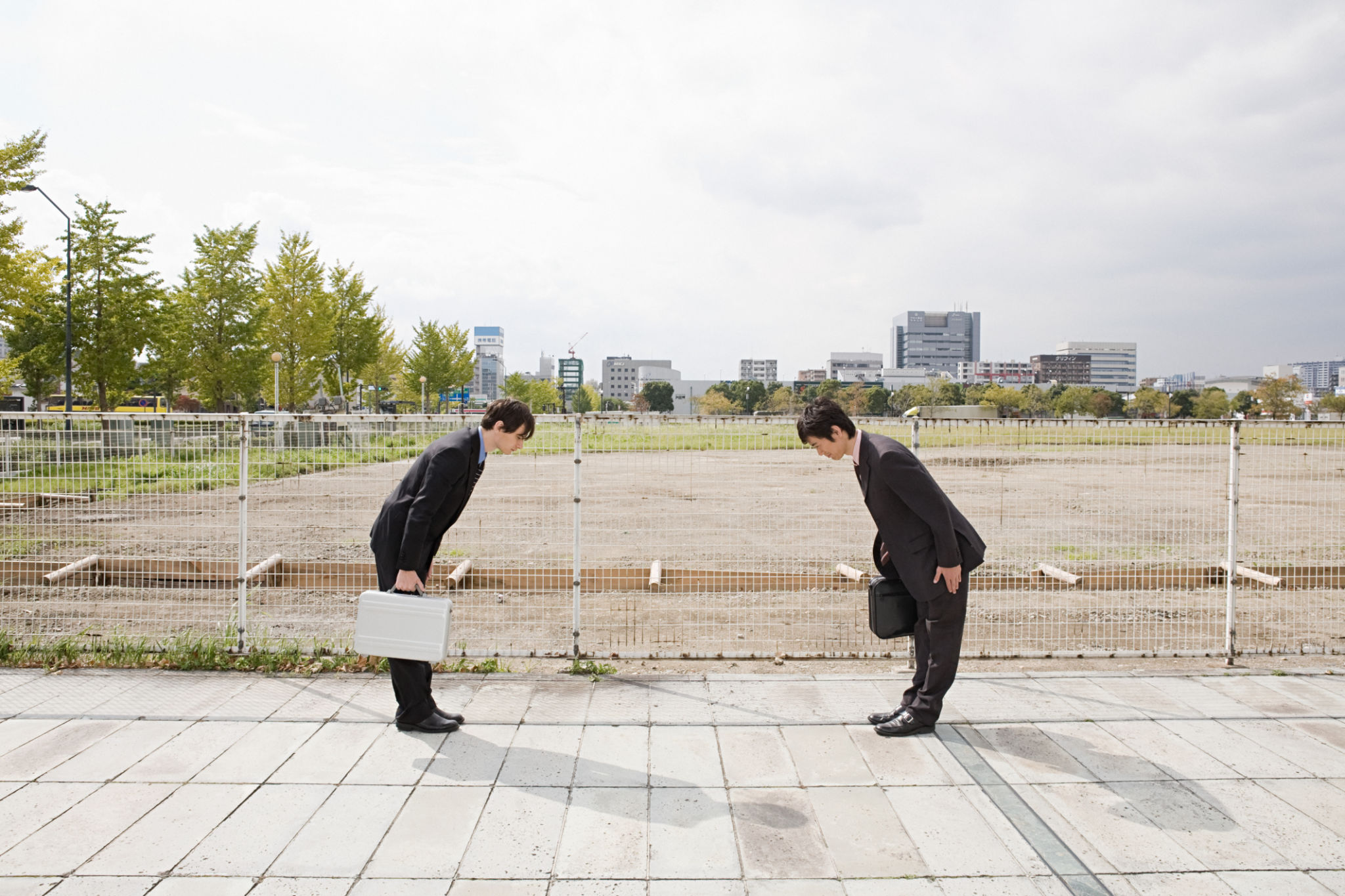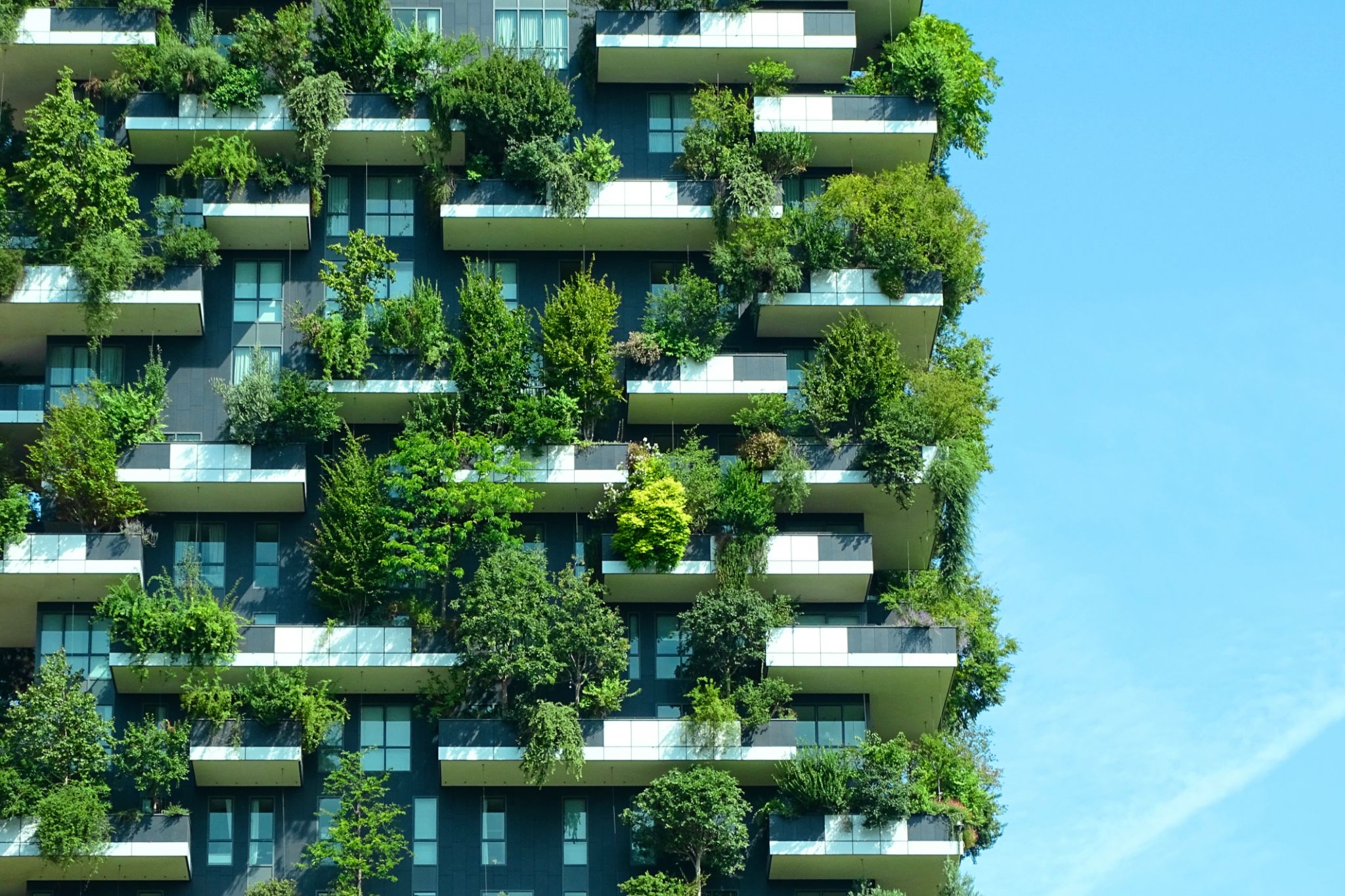Implementing Sustainable Engineering Practices in Malaysian Infrastructure
Introduction to Sustainable Engineering Practices
As the world faces the mounting challenges of climate change and environmental degradation, the need for sustainable engineering practices has never been more critical. In Malaysia, a nation known for its rapid development and urbanization, integrating sustainable practices into infrastructure projects is essential to ensure long-term ecological balance and resource efficiency. By adopting sustainable engineering methods, Malaysia can lead the way in creating resilient infrastructure that supports economic growth while minimizing environmental impact.
Sustainable engineering involves designing systems and processes that use resources efficiently, reduce waste, and minimize environmental impact throughout the lifecycle of a project. This approach not only benefits the environment but also enhances the social and economic well-being of communities. Malaysia, with its diverse ecosystems and rich natural resources, stands to gain significantly from implementing these practices.

Key Principles of Sustainable Engineering
Implementing sustainable engineering practices in Malaysian infrastructure requires adhering to several key principles. Firstly, resource efficiency is paramount. This involves optimizing the use of materials, energy, and water to reduce waste and lower costs. Secondly, minimizing environmental impact should be a core focus by utilizing eco-friendly materials and methods that reduce pollution and preserve biodiversity.
Another principle is social responsibility. Sustainable engineering should enhance the quality of life for communities by providing safe, accessible, and affordable infrastructure. Lastly, innovation and adaptability are crucial to respond to changing environmental conditions and technological advancements, ensuring long-term sustainability of projects.
By incorporating these principles into infrastructure planning and execution, Malaysia can create a robust framework for sustainable development that aligns with global environmental goals.
Challenges in Implementing Sustainable Practices
Despite the clear benefits, several challenges impede the widespread adoption of sustainable engineering practices in Malaysia. One significant barrier is the lack of awareness and understanding among stakeholders about the importance and benefits of sustainability. This often results in a preference for traditional methods that may be cheaper upfront but costlier in the long term due to environmental damage.

Another challenge is the financial constraints faced by many projects. Sustainable materials and technologies can require higher initial investments, which can be prohibitive for some developers, especially without adequate incentives or subsidies from the government. Additionally, there can be regulatory hurdles that slow down the adoption of innovative sustainable practices.
Strategies for Overcoming Challenges
To overcome these challenges, a multi-faceted approach is necessary. Firstly, education and awareness campaigns can play a critical role in informing stakeholders about the long-term benefits of sustainable engineering. This can be complemented by government initiatives that provide financial incentives, such as tax breaks or grants, to projects that prioritize sustainability.
Moreover, policy reforms are essential to streamline regulations and create a conducive environment for sustainable practices. This includes setting clear guidelines and standards for sustainable construction and ensuring that these are enforced consistently across all projects.

The Role of Technology and Innovation
The integration of cutting-edge technology and innovation is pivotal in advancing sustainable engineering in Malaysia. Technologies such as Building Information Modeling (BIM), green materials, and renewable energy systems can significantly reduce the environmental footprint of infrastructure projects. These technologies enable more precise planning, efficient resource management, and reduced waste production.
Innovative solutions like modular construction and prefabrication also contribute to sustainability by minimizing on-site construction time and reducing resource consumption. By embracing these technological advancements, Malaysian infrastructure can become more resilient and adaptable to future challenges.
Success Stories in Malaysian Infrastructure
Several successful projects in Malaysia exemplify the effective implementation of sustainable engineering practices. The Green Building Index (GBI) certified buildings are a testament to the country's commitment to sustainability. These buildings incorporate energy-efficient designs, utilize renewable energy sources, and promote indoor environmental quality.
The Penang Second Bridge is another example of an infrastructure project that prioritized sustainability through innovative design and construction methods that minimized environmental disruption while maintaining high safety standards.
The Future of Sustainable Infrastructure in Malaysia
The future of sustainable infrastructure in Malaysia is promising, with increasing awareness and commitment from both public and private sectors. As more stakeholders recognize the importance of sustainability, we can expect a shift towards more eco-friendly practices across all stages of infrastructure development.
Looking ahead, it is crucial for Malaysia to continue fostering partnerships between government, industry leaders, and academic institutions to drive research and innovation. By doing so, Malaysia can establish itself as a leader in sustainable engineering within Southeast Asia and beyond.
